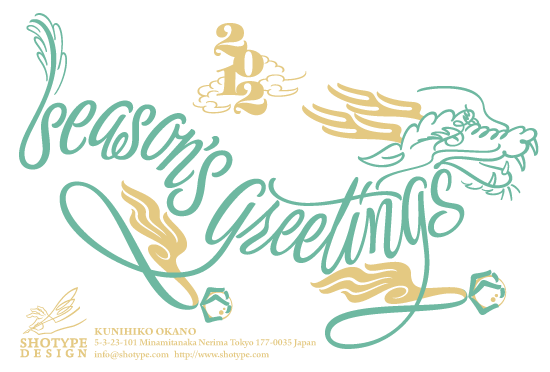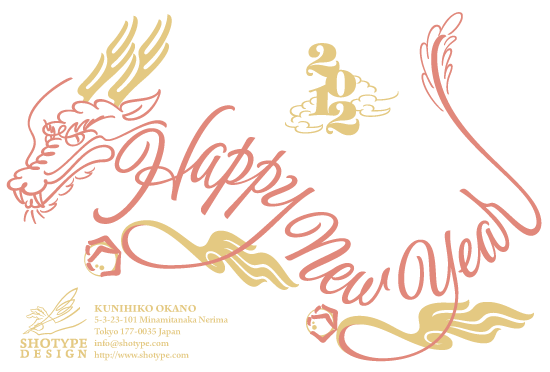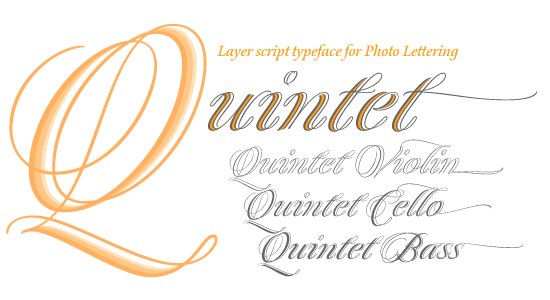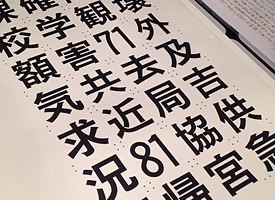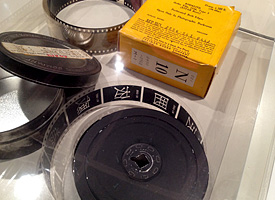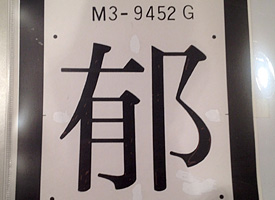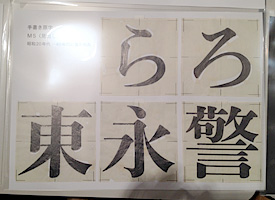AXIS Font Latin Pro won a Good Design Award 2010. The design farm of this font, Type Project won the Good Design Award straight three years since AXIS Compact series got it in 2008. Driver’s Font, which was collaborated with Denso, also got it last year.
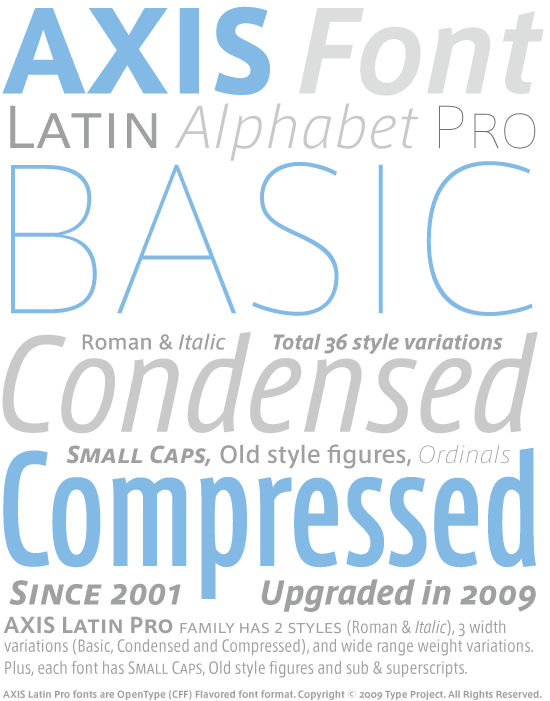
AXIS Latin Pro is the basically developed for Japanese font named AXIS Font in 2001 as a Latin portion. AXIS Font was designed by Isao Suzuki of Type Project. Suzuki was a former type designer of Adobe Japan and joined the design team that developed Kozuka family. He started AXIS Font project in 1998 for an exclusive font for AXIS magazine, is one of famous design magazines in Japan and mainly features architect, product and industry design. After he left Adobe Japan, he concentrated to make AXIS Font. After a while he started this project, he asked Akira Kobayashi, is now a type director of Linotype, to make Latin parts for this font. They developed this family, contains seven weights, for about three years, AXIS magazine started using this font when the magazine turned 20th anniversary and renovated its design format in 2001.
After AXIS magazine used it exclusively for about one and half years, AXIS Font was released in public in September 2003. It was widely used in several kinds of design field or a corporate use because of its high design quality. Apple Japan (Japanese character only), Mazda, Nintendo and some other major worldwide companies use AXIS Font for their corporate or branding images.
After AXIS Compact series released in 2008, AXIS Latin Pro was planed since the needs for multi language text setting are getting increase and widely required for the company and design farm which need to have communicate with customers and users across world.
After Akira Kobayashi left for Germany to join Linotype in 2003, Suzuki was looking for a new type designer who would be able to make Latin parts, then Kunihiko Okano joined Type Project in 2005 to make Latin part of AXIS Compact series, then continued to make AXIS Latin Pro family. After Okano left type Project in the end of 2007 and he started his design office called Shotype Design, he keep continue to make them and finally released in September 2009. To release this font as a Pro version, Okano developed Italic style, small caps, old style figures and specific characters, and compiled 36 styles, Roman & Italic, seven weights(UL, EL, L, R, M, B, H), three width variations (Basic, Condensed and Compressed), which create richly expressions and fulfill versatile typographic demands. Besides, more over than 700 characters supports 41 Latin alphabet languages across the world, so you can use them for the items, applications and medias which are available to use all over the world. This is the rare case, might be the first case, that the Latin part of the Japanese font released independently as a retail font.
AXIS Font exclusive dealer www.axisfont.com
Type Project: AXIS Font developer.
AXIS and AXIS Font are the trademarks of AXIS Inc.
